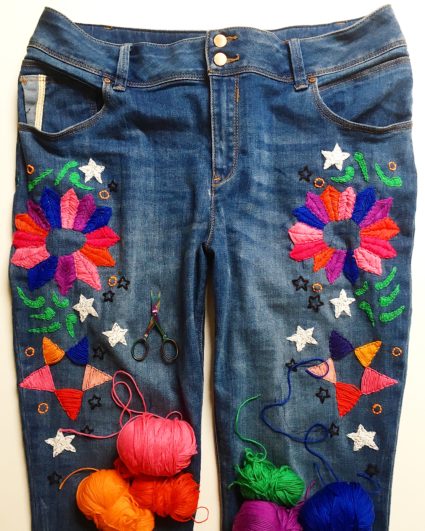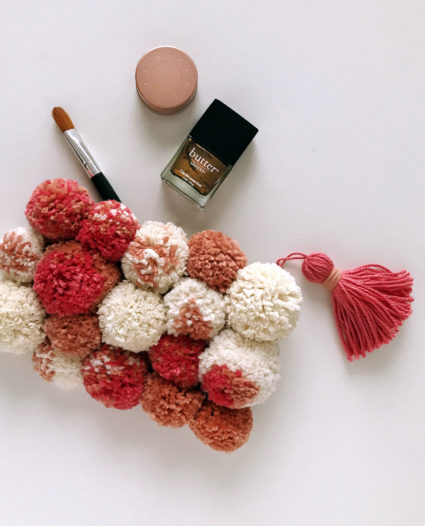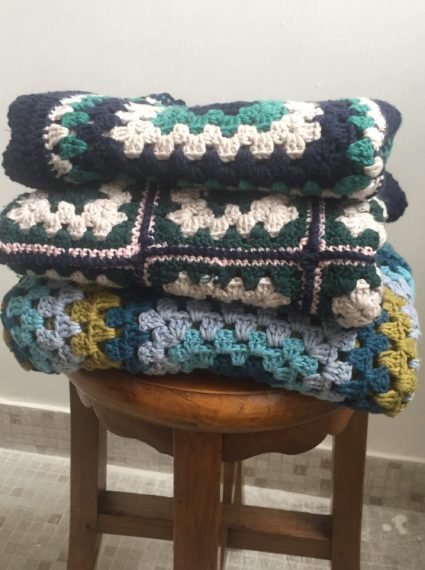Secrets of Feng Shui
The five distinguishing elements of Feng Shui practice are wood, fire, metal, earth and water – the aim to eliminate negative energy in the home by pursuing balance in a traditional manner through their corresponding colours, and shapes. Consequently, Qi (or Chi), the vital flowing good energy, is achieved and begins to flourish when we’re in a space that contains just the right amount of good energy. But, there is a lot more to it than just moving things around the home, lighting a stick of incense, and the usual quick vacuuming under the sofa. True Feng Shui is a devotion and a philosophy, and for those who are curious, and with a yearning for something more meaningful when it comes to decorative and life matters, a course led by practitioner Sam McDaid entitled ‘Feng Shui 101 – a Chinese Take-away’ at the Insight School of Interior Design in Chai Wan is an apt introduction for the budding interior designer, or anyone looking to Feng Shui their home. The class is enlightening and filled with exercises and lots of meditative thoughts on how to incorporate healthy energy into the home. Here, Sam expands on this fascinating practice and shares a few ‘take-aways’.
Why did you start teaching Feng Shui?
I had just signed a two-year contract to work here as a teacher of Art and Design in a large International School with no expectations to become a permanent resident. Initially, it was frustrating trying to access good quality reading materials as they were mostly written in traditional or simplified Chinese. With a lot of perseverance and a little luck I found and studied with three renowned Masters whom have taught me a wealth of knowledge in this fascinating ancient art, philosophy and science. As an experienced educator, performance coach and designer it seemed a natural progression for me to write courses which enable adults to merge this ancient Chinese practice with our needs for modern living.
What is it about Feng Shui that can help the home decorator with good design?
Form School Feng Shui is deeply rooted in good design principles and common sense. Of course there are elements of superstition attached to Classical Feng Shui, but in theory it’s underpinned by colour psychology, spatial planning, balanced material usage and ambient design. I myself have a Diploma in Interior Design and am currently developing a portfolio in Residential and Commercial projects on an international level. I encourage my students to integrate ideas from both their traditional design understandings and Feng Shui knowledge with a western or other culturally appropriate contemporary lens. Feng Shui is really about harnessing good Qi气 from the macro and micro environment to elevate the energy of a given space. As practitioners we generally aim to create harmony in residential projects and focus more so on the activation of wealth and prosperity in commercial environments.
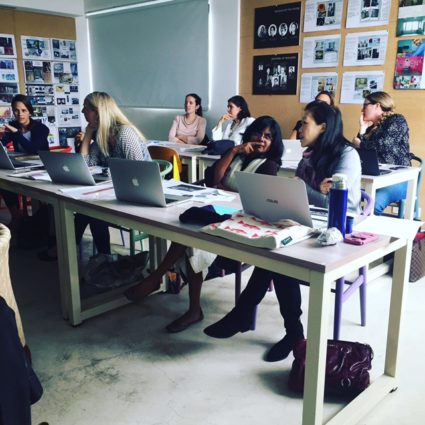
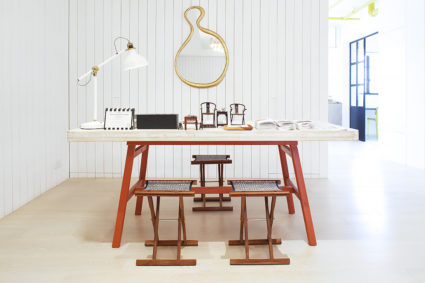
Have you noticed that incorporating Feng Shui into the home can be transformative for people’s wellbeing too?
Yes of course. As an example, I worked alongside a well-known design duo here in Hong Kong whose client specifically wanted for them to use Feng Shui within the renovation of her home in Happy Valley. The patriarch of the family had been suffering from health problems for some time and was often in and out of hospital. Initially the interior architects were sceptical of my involvement but realised quickly that Feng Shui helped to enhance their ideas rather than disturb them. We specifically focused on analysing the bedroom and kitchen to elevate the good or Sheng Qi 气. Sheng Qi is a bright, refreshing, uplifting Feng Shui energy that is beneficial to overall health and wellbeing. Sheng translated from Chinese means Upward Moving Energy. As a result the client and her family have since enjoyed improved health and wellness.
Have you ever received feedback from a client where their lives have been changed in a positive way from living in a home that revolves around the practicing of Feng Shui?
Thankfully, all of my clients to date have provided very positive feedback and recommended my services and teachings to others. The most satisfying aspect of my role as an educator focused on the integration of good design, positive psychology and Feng Shui风水 is knowing that my clients have made a connection with something bigger than themselves. There are many ‘ah ha’ moments for my students throughout our Insight School certificates and short courses. I know this sounds a little ‘out there’ but mapping energy is a highly effective tool for living. One of the most important things that we need to do is truly believe that we can obtain the things we want in life. Whether that’s longing for an ideal partner, a great job or a fit physique, know that we can meet our goals when translated through artefacts, objects, relics, furnishing or artworks in the home or office. Entertaining doubts or negative ideas merely inhibits our ability to get the things we deserve.
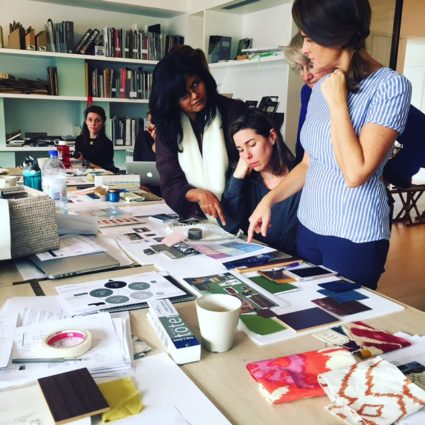
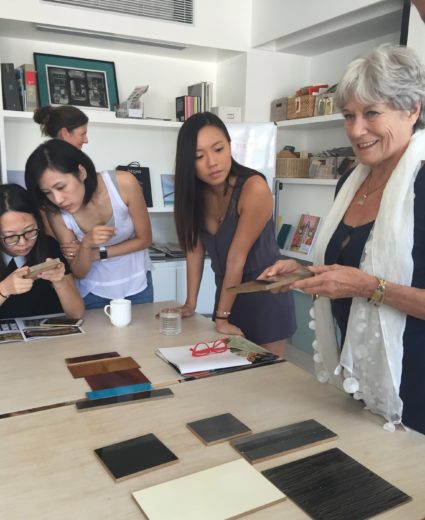
What is your own living space like – in terms of Feng Shui?
Like most other apartments in Hong Kong, it could always be better. I’m unfortunately lacking in a good water view and therefore have utilized some traditional Feng Shui cures for that in order to keep my finances healthy. I’ve been using plants that purify the air naturally rather than use the air conditioning so much. As a result my energy bills have dramatically reduced and I feel much happier being surrounded by greenery. It’s recommended that we have plants in all rooms, even bedrooms as they emit a positive energy. Having houseplants can be a nice way to bring the beauty of the outdoors inside, adding a splash of colour and helping to act as natural air purifier, by taking in carbon dioxide and giving off fresh oxygen as part of their natural life cycle. I have placed a little Jasmine plant with lovely little white flowers and a sharply sweet scent near my bed which has made a positive impact on my sleep quality.
What is one thing you like Insight School students to take home with them after completing your course?
My course is entitled ‘Feng Shui 101 – A Chinese take-away’ as I use food as an analogy for my teachings. I cover the guiding principles behind Classical or Compass Feng Shui (Peking Duck), the BTB school (Sweet and Sour Pork) and New Age Feng Shui (Egg Fried rice). During the beginners’ course my students begin with group and paired theoretical discussion and understanding of the Five Elements, Yin Yang Theory and Four Feature Model. This then leads into a very hands-on exercise of mapping the BaGua or 8 Aspirations map on their chosen floor plan followed by the generation of concept boards and material selection for a chosen sector of their home or residential project. It’s all encompassing of many activities, skills and levels of understanding. If I were to choose one thing that I would like for my students to take away it would be that Feng Shui really is a valuable tool for designing a positive experience of living.
TO LEARN MORE ABOUT FENG SHUI AND INTERIORS, JOIN INSIGHT SCHOOL’S 2-DAY SHORT COURSE ON JUNE 28 – 29, 2017 FROM 10-3PM. CLICK HERE FOR MORE DETAILS
Image credit: Insight School HK

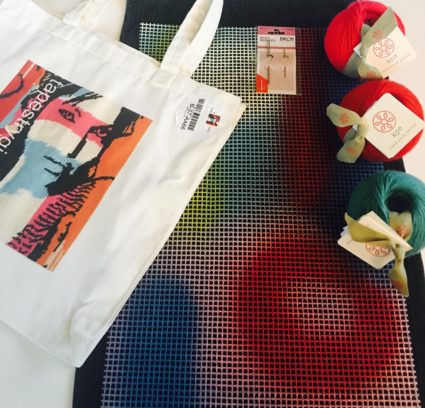 1. Tapestry – The Art of Contemporary Needlepoint with Niki McDonald
1. Tapestry – The Art of Contemporary Needlepoint with Niki McDonald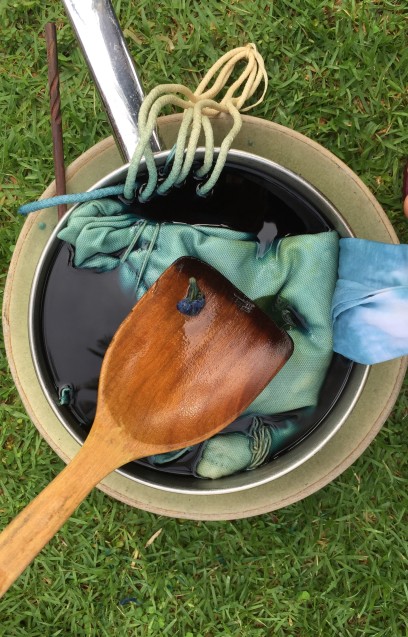 This class will focus on teaching you the fundamentals of sourcing natural dyeing properties and exploring important techniques used in making memorable colours. Projects w
This class will focus on teaching you the fundamentals of sourcing natural dyeing properties and exploring important techniques used in making memorable colours. Projects w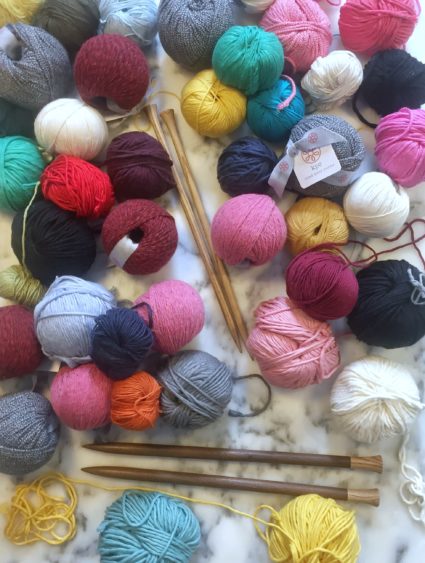
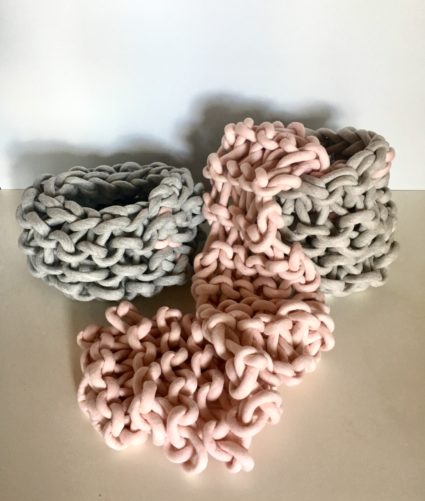 on and casting off, getting the tension right, and various helpful postural techniques. Projects may include super scarves, in garter or stockinette stitch, and unique soft vessels to display in your home. For bookings, please visit
on and casting off, getting the tension right, and various helpful postural techniques. Projects may include super scarves, in garter or stockinette stitch, and unique soft vessels to display in your home. For bookings, please visit 